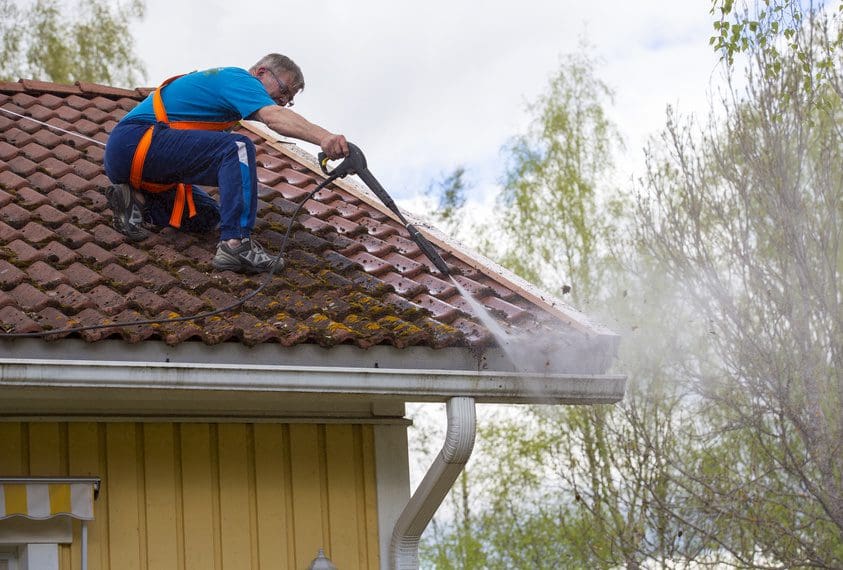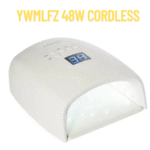Gutters are an often-overlooked but crucial component of any home’s exterior. These unassuming channels play a vital role in directing rainwater away from the foundation, preventing water damage, flooding, and erosion.
However, neglecting gutter maintenance can lead to clogs, leaks, and structural issues, compromising the integrity of your property.
In this comprehensive guide, we delve into the art and science of gutter cleaning excellence, equipping you with the knowledge and tools to keep your gutters clear, functional, and flush for years to come.
Understanding Gutters Importance
Before diving into the nitty-gritty of gutter cleaning, it’s essential to understand the anatomy of gutters and their significance in maintaining a healthy home. Gutters typically consist of troughs, downspouts, and gutter guards.
The troughs collect rainwater running off the roof, while the downspouts channel it away from the foundation. Gutter guards act as a barrier against leaves, debris, and other unwanted intruders.
Properly functioning gutters prevent water from pooling around your home, safeguarding against water infiltration into the basement or crawl space, foundation cracks, and soil erosion. They also protect your siding, windows, doors, and landscaping from moisture-related damage.
Neglecting gutter maintenance can result in a host of problems, including mold growth, wood rot, insect infestations, and costly repairs. Therefore, regular gutter cleaning is essential for preserving the integrity and value of your property.
Essential Equipment for Gutter Cleaning
Before embarking on your gutter cleaning journey, gather the necessary tools and equipment to ensure a thorough and efficient job. Here’s a list of essential items you’ll need:
- Ladder: Choose a sturdy, well-maintained ladder that allows you to safely reach your gutters without overreaching or leaning. Consider using ladder stabilizers or standoff brackets to prevent damage to your gutters and roof.
- Gloves: Protect your hands from sharp debris, insects, and bacteria with a pair of durable gloves. Opt for waterproof gloves for added protection against moisture and dirt.
- Safety Goggles: Shield your eyes from flying debris, dust, and pests with a pair of safety goggles or glasses. Safety should always be a top priority when working at heights.
- Gutter Scoop or Trowel: Use a gutter scoop or trowel to remove large accumulations of leaves, twigs, and sediment from your gutters. Start near the downspout and work your way outward for maximum efficiency.
- Garden Hose with Nozzle Attachment: Flush out remaining debris and test the flow of water through your gutters using a garden hose with a nozzle attachment. This helps identify any clogs or obstructions that may require further attention.
- Bucket or Tarp: Place a bucket or tarp on the ground to collect debris and prevent it from scattering across your yard or garden. Dispose of the waste responsibly, preferably in compost or yard waste bins.
- Gutter Cleaning Brush: For stubborn debris and residue, use a gutter cleaning brush to scrub the interior surfaces of your gutters and downspouts. This ensures a thorough clean and promotes optimal water flow.
- Safety Harness (Optional): If you’re working on a steep roof or feel uncomfortable using a ladder, consider investing in a safety harness and tether system for added security.
The Gutter Cleaning Process: Step-by-Step Guide
Now that you’re equipped with the necessary tools and knowledge, let’s walk through the step-by-step process of gutter cleaning excellence:
- Safety First: Before ascending your ladder, inspect it for any signs of damage or defects. Set it up on stable, level ground, and secure it according to the manufacturer’s instructions. Wear appropriate safety gear, including gloves, safety goggles, and non-slip footwear.
- Assess the Situation: Once you’re safely positioned at the base of your ladder, take a moment to assess the condition of your gutters. Look for signs of clogs, leaks, rust, sagging, or damage that may require repair or replacement.
- Clear Debris: Using your gutter scoop or trowel, begin removing debris from the troughs of your gutters. Work methodically from one end to the other, scraping away leaves, twigs, dirt, and other obstructions. Place the debris in your bucket or tarp for later disposal.
- Inspect Downspouts: Check the downspouts for any blockages or restrictions that may impede the flow of water. Use your hands or a plumber’s snake to clear away debris and ensure unobstructed drainage.
- Flush with Water: Once the majority of debris has been cleared, use your garden hose with a nozzle attachment to flush out remaining residue and test the flow of water through your gutters. Start at the end farthest from the downspout and work your way backward, directing the water toward the downspout.
- Scrub Clean: For stubborn stains, mold, or mildew, use a gutter cleaning brush or scrubber to remove residue from the interior surfaces of your gutters. Pay special attention to areas prone to buildup, such as joints, corners, and seams.
- Check for Leaks: While flushing your gutters, keep an eye out for any signs of leaks, drips, or water damage. Inspect the seams, joints, and connections for gaps or cracks that may require sealing or repair.
- Trim Overhanging Branches: To minimize future debris buildup, trim back any overhanging branches or foliage that may contribute to clogged gutters. This helps maintain adequate airflow and prevents leaves and twigs from accumulating on your roof.
- Install Gutter Guards (Optional): Consider installing gutter guards or screens to prevent leaves, debris, and pests from entering your gutters in the future. Choose a system that fits your budget and climate conditions for optimal effectiveness.
- Regular Maintenance: Make gutter cleaning a regular part of your home maintenance routine, ideally at least twice a year or more frequently if you live in an area with heavy rainfall or foliage.
Schedule cleanings in the spring and fall to coincide with peak shedding seasons for trees and plants.
Conclusion
In conclusion, maintaining clean, functional gutters is essential for preserving the integrity and value of your home. By following the steps outlined in this guide, you can achieve gutter cleaning excellence and ensure optimal performance year-round.
Remember to prioritize safety, use the right tools for the job, and inspect your gutters regularly for signs of damage or obstruction. With proper care and attention, your gutters will remain flush and fresh, protecting your home from water damage and enhancing its curb appeal for years to come.
Also read related post: Unlocking London’s Beauty: The Art of Brick Cleaning








